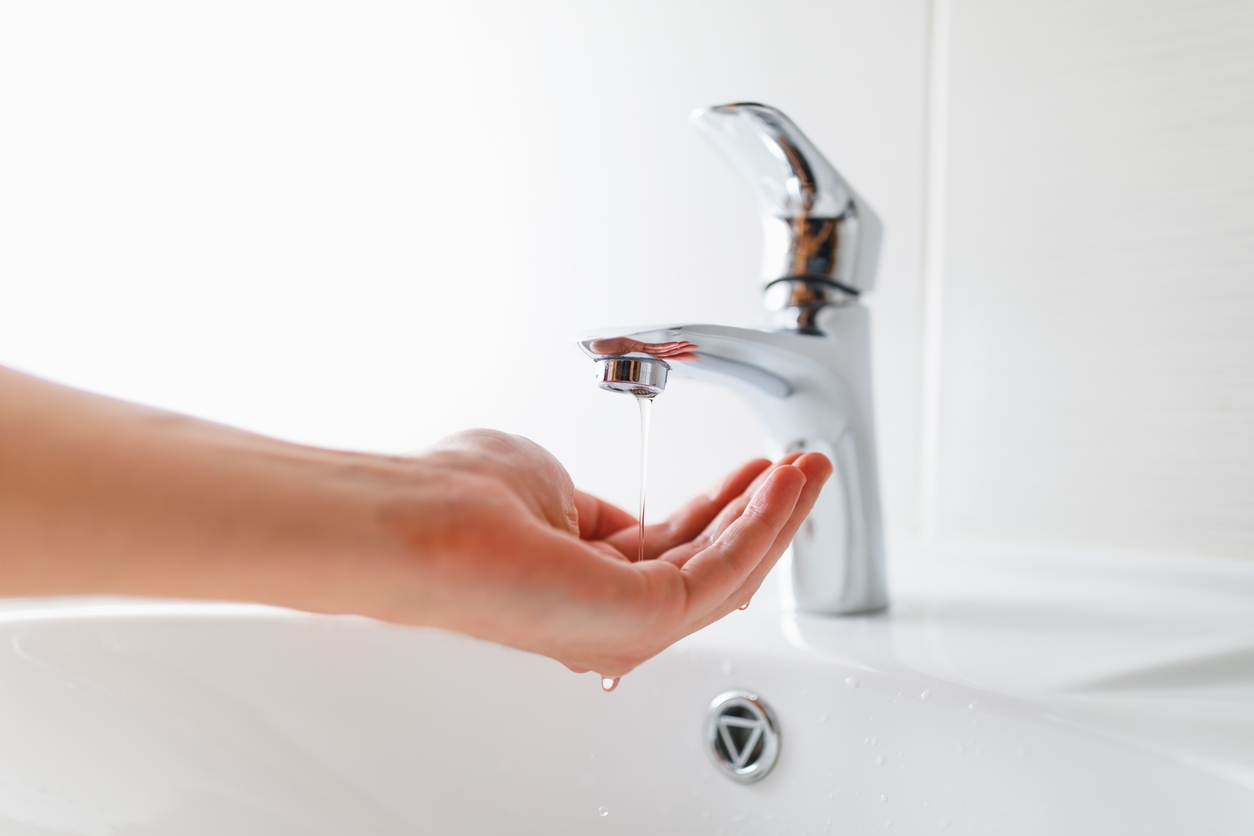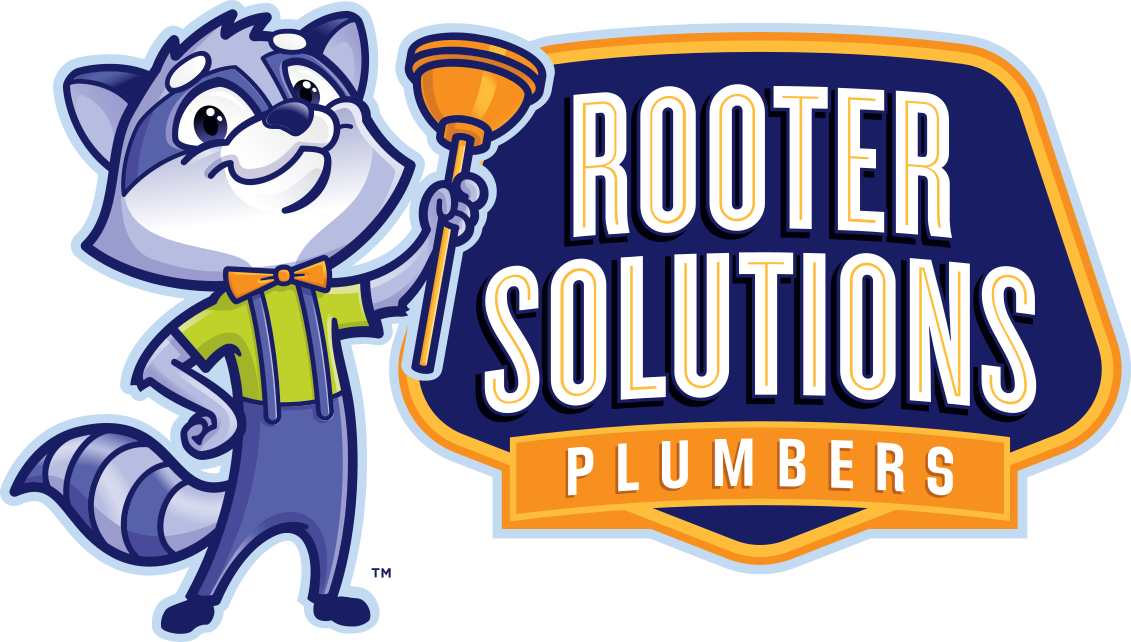Water line repair is often the hidden fix behind mysteriously weak showers, spurting faucets, or pipe‑rattling bangs. In San Jose’s aging neighborhoods, shifting soil and seismic activity can crack supply lines while mineral‑rich water clogs pipes from the inside.
When pressure swings from a trickle to a blast, wasted water and damage follow fast. In this post, we’ll take a look at some of the pressure issues you may see, as well as the common causes behind them, and what you can do about them. Rooter Solutions San Jose restores consistent flow with pinpoint leak detection, trenchless replacements, and financing that puts major repairs within reach.
How Your Home’s Water Pressure Works
Most Bay Area homes receive water that arrives pressurized between 55 and 80 psi after traveling through miles of mains and pressure‑reducing stations. Private wells rely on a pump and pressure tank to maintain consistent flow, though both sources can suffer similar issues.
Anything that restricts the incoming line, like rust, kinks, or leaks, causes the entire plumbing system to lose pressure. Conversely, sudden surges from municipal over‑pressurization can strain joints and appliance hoses.
Pressure Regulators, Valves, and House Mains
Just past the meter sits a pressure‑reducing valve that keeps household pressure within safe limits. Sediment, worn seals, or incorrect settings throw off calibration and send inconsistent pressure throughout the house. Gate or ball valves near the water heater and under sinks can also fail or only partially open, starving downstream fixtures. The main shut‑off valve by the meter should turn freely; if it sticks, corrosion may also be clogging the line itself.
Warning Signs of Pressure Fluctuations
A gentle shower that turns needle‑sharp, banging noises known as water hammer, or faucets that sputter air, followed by cloudy water, all suggest pressure changes.
Toilets that take forever to refill indicate low pressure, while leaking ice‑maker supply lines hint at excessive force. Monitor outside hose bibs too, since a strong stream outside but weak flow inside points to a problem after the main enters the home.
Catch these clues early to avoid costlier repairs down the line.
Most Common Causes of Low or High Water Pressure
- Corrosion: Pin‑hole leaks or full breaks in the buried service line let water escape before it reaches your meter, dropping pressure at every tap. Older galvanized steel pipes rust from the inside, creating rough surfaces that trap sediment and reduce flow rate.
- Water Main Leaks: Clay soils common in Santa Clara County shift during wet and dry cycles, stressing joints until they crack. A soaked lawn, hissing meter, or uneven foundation moisture can signal a hidden break that needs prompt water service line repair.
- Faulty Pressure Regulators: A worn spring or debris inside the pressure‑reducing valve can raise household pressure past 80 psi and force appliance hoses to burst. Conversely, a failed diaphragm may throttle flow to a trickle.
- Clogged Aerators: Mineral buildup on faucet aerators and showerheads mimics low pressure even when the regulator works fine. Soak them in vinegar overnight to restore flow before assuming a bigger issue.
DIY Checks To Do Before You Call A Pro
- Main shut‑off: confirm it is fully open with no stiffness
- Exterior hose bib: test pressure outside to isolate indoor issues
- Aerators: remove and clean screens clogged by sediment
- Water pressure gauge: attach to the laundry tap to get an accurate psi reading
- Regulator screw: note its current position but do not adjust without guidance
Professional Solutions & Potential Costs
Underground Water Line Repair and Trenchless Options
For leaks between the meter and the home, technicians use electronic locators to pinpoint breaks. Spot repairs work for small damaged sections, but heavily corroded pipes often need full water line replacement. Trenchless pipe bursting or directional drilling installs a new HDPE line through a small entry pit, preserving landscaping and driveways while finishing the project in one day. This method also delivers a fifty‑year service life and resists seismic movement better than legacy materials.
Main Water Line Leak Repair Cost Breakdown
Simple clamp repairs start around five hundred dollars. Traditional dig and replace projects average two to four thousand dollars, depending on depth, soil type, and local permit fees. Trenchless solutions cost slightly more upfront, yet save hundreds in landscaping restoration and reduce future leak risk. If the line runs under mature trees or concrete, trenchless methods quickly become the most economical choice. Rooter Solutions San Jose offers financing options with flexible monthly payments to spread the main water line leak repair cost over time.
Preventing Future Problems
An annual whole‑house plumbing inspection is the simplest way to stay ahead of leaks and surges. A technician will test the pressure‑reducing valve with a gauge, flush the water heater to clear sediment, and pull aerators to check for mineral buildup. Adding a five‑micron sediment filter on the main line protects fixtures and appliances, while a pressure‑relief valve set to eighty psi shields supply hoses from spikes.
Finally, schedule a regulator test every three years and replace the unit at the first sign of drift. For more tips, visit our blog post on pipe maintenance and keep pressure issues from returning.
Restore Consistent Pressure With Rooter Solutions San Jose
Low flow and sudden surges waste wastewater, threaten appliances, and hint at hidden leaks. Accurate diagnosis, trenchless repair options, and transparent pricing bring lasting solutions within reach.
Rooter Solutions San Jose handles everything from pressure regulator swaps to full water line replacement, restoring a steady supply for years to come.
The San Jose Leader in Water Line Repair
Our expert, local team will find your leak quickly and offer trenchless repairs that save landscaping, and back every project with workmanship guarantees. Flexible financing plans help manage main water line leak repair costs without delay. Call us at (408) 769-3949 or contact us online to schedule your water line repair or replacement now.



 408-728-4978
408-728-4978